是否足以运行房屋的10kW电池?
当您探索家庭储能时, 第一个问题始终是关于尺寸和容量. 您会看到类似“10kW" 并想知道, “停电期间这足以维持我的房子吗??" 这是一个关键问题, 答案取决于您想要供电的内容以及供电时间.
第一的, 让我们澄清一个关键术语. 电池的功率以千瓦为单位 (千瓦), 但其储能容量以千瓦时为单位 (千瓦时). 当人们问及“10kW 电池" 对于运行时, 他们几乎总是指 10kWh 电池. 10kWh 电池通常足以运行家庭的基本负载,例如灯, 冰箱, 和互联网——几个小时或一整夜. 然而, 通常不足以管理整个房子, 尤其是大功率空调等重负载, 长时间.
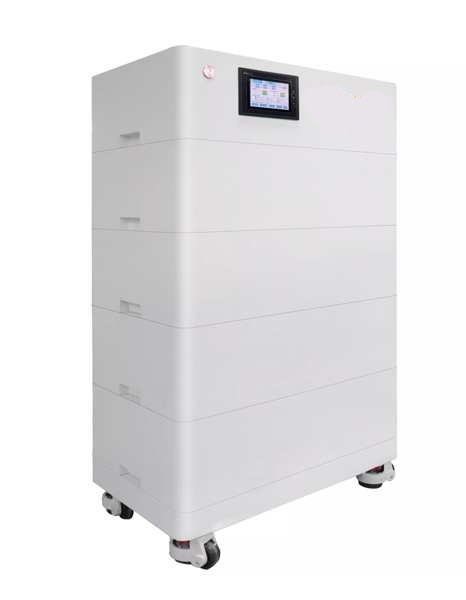
在 吉克斯太阳能, 我们专注于设计 可堆叠家用电池 尺寸完美满足客户需求的系统, 无论是台风期间的必要备份还是最大限度地节省太阳能. 让我们深入了解细节.
什么是堆叠电池?
您经常会听到被称为“堆叠式”的现代储能解决方案" 或“可堆叠" 电池. 这是什么意思, 它与单个有什么不同, 独立电池?
堆叠电池, 或“可堆叠电池," 是专门设计用于物理放置在一起并电气互连以形成更大的模块化能量存储单元, 统一的电池组. 每个模块都是一个独立的电池 (经常使用安全的 LFP 锂化学物质和自己的 BMS) 充当构建块. 这种设计使您可以通过添加更多模块来轻松扩展系统容量, 创建定制且面向未来的能源解决方案.
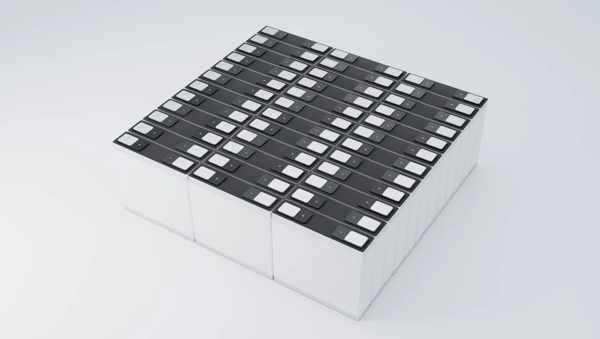
深入潜水: 模块化设计的力量
一个概念 可堆叠家用电池 建立在几个关键原则之上:
- 模块化: 每个电池单元是一个标准化模块 (例如, 5千瓦时). 这使您可以从现在需要的容量开始,并在以后添加更多容量.
- 可扩展性: 这是主要好处. 如果您将来购买电动汽车, 您只需在电池组中添加另一个电池模块即可,而无需更换整个系统.
- 专为安全而设计: 这些模块的设计具有安全物理堆叠的功能 (例如互锁外壳或机架安装) 并具有保护端子以确保安全电气连接.
- 智能集成: 每个模块都有自己的电池管理系统 (电池管理系统), 它们旨在相互通信并与您的太阳能逆变器作为单个设备运行, 聪明的, 和高效电池组.
这种做法, 我们在 Gycx Solar 使用, 为我们的客户提供灵活且经济高效的能源独立之路.
15kWh的电池能用多久?
了解运行时间是确定电池容量的关键. 如果 10kWh 电池不足以满足整个房子的需求, 更大的 15kWh 电池可以给您多多使用时间?
A 15kWh 电池存储 50% 比 10kWh 电池更多的能量, 所以它会持续下去 50% 更长 同时为相同的家庭负载供电. 例如, 如果是一组重要的电器图 500 瓦特将耗尽 10kWh 的电池大约 20 小时, 相同的负载将由 15kWh 电池供电大约 30 小时.
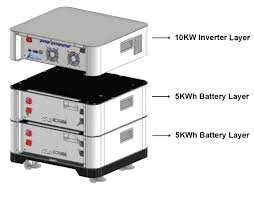
深入潜水: 实际运行时比较
让我们看一下韩国一些常见家庭负荷的数学计算:
公式: 运行时 (小时) =电池容量 (瓦时) / 加载 (在瓦特)
- 10kWh电池= 10,000 瓦时
- 15kWh电池= 15,000 瓦时
| 设想 | 平均负载 | 10kWh 电池运行时间 | 15kWh 电池运行时间 |
|---|---|---|---|
| 只有必需品 (冰箱, 灯, 无线上网, 电视) | 500 瓦特 | 约20小时 | 〜30小时 |
| 中等用途 (必需品 + 电饭锅, 台式电脑) | 1,500 瓦特 | 〜6.7小时 | 〜10小时 |
| 大量使用 (必需品 + 单间空调一台) | 2,500 瓦特 | 〜4小时 | 〜6小时 |
如你看到的, 15kWh 系统中额外的 5kWh 容量会产生显着差异. 它可以是您在炎热的夏夜停电期间让空调舒适运行几个小时所需的余量,也可以为您提供额外一天的安全保障. 用 a 来测量尺寸 可堆叠家用电池 系统很简单——通常就像添加一个模块一样简单.
动力堆电池值得吗?
正在投资模块化, 可堆叠电池系统——“电源堆栈”——明智的财务决策? 拥有这种可扩展的备用电源和太阳能存储的好处是否值得成本?
是的, 对于大多数房主来说, 可堆叠电池系统是一项极好的投资. 价值来自三个关键领域:
- 财务节省: 通过储存多余的太阳能以在晚间高峰时段使用, 您可以大幅减少 KEPCO 等供应商的电费.
- 能源安全: 在台风或其他电网问题引起的停电期间,它可以提供无价的安心和无缝备用电源.
- 面向未来的灵活性: 以后可以轻松添加更多容量,从而保护您的初始投资,并使系统能够适应您不断变化的能源需求.
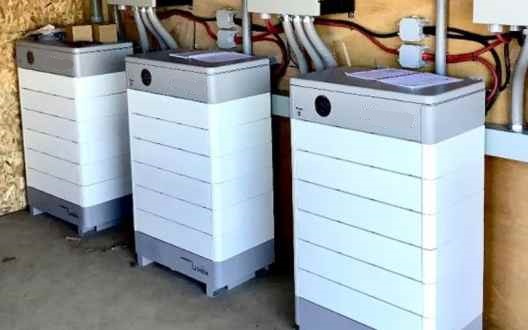
深入潜水: 投资回报
让我们看看价值主张:
- 账单减少: 电池可以让您最大限度地提高“太阳能自身消耗”。" 而不是将多余的太阳能出售给电网, 你把它储存起来,在电费最贵的时候自己使用. 这种直接抵消是获得太阳能和电池投资回报的最快方式.
- 备用电源: 停电的费用是多少? 对于一个家庭来说, 这可能意味着食物变质了, 没有灯, 并且没有互联网. 对于在家工作的人, 这意味着生产力的损失. 电池提供无缝, 沉默的, 并在电网故障时自动供电.
- 可扩展性: 这是可堆叠设计的独特优势. 你不必购买大量的, 今天的超大系统. 您可以从 10kWh 系统开始,, 如果您以后购买电动汽车或安装空调, 您只需让专业人员添加另一个 5kWh 或 10kWh 模块即可. 这使得能源存储更容易获得和适应性更强.
GYCX太阳能故事: “首尔的一位客户对大型电池的成本犹豫不决. 我们安装了启动器 10kWh 可堆叠系统. 一年后, 他们买了一辆电动汽车. 升级既简单又经济高效——我们只是在他们现有的设置中添加了第二个 10kWh 模块. 他们喜欢灵活性。"
什么是 80 20 锂电池规则?
您可能听说过 "80/20 规则1" 用于为手机或笔记本电脑充电,并想知道它是否适用于大型家用电池. 这是什么规则, 这对您来说重要吗 电池的健康状况2?
“80/20 规则," 更准确地称为 “20-80规则," 是最大化某些类型的锂离子电池的循环寿命的指南. 建议日常使用, 你应该尽量保持电池的充电状态 之间 20% 和 80%. 避免全面的极端情况 100% 充电和深 0% 放电可以减轻电池的压力并有助于延长其使用寿命.
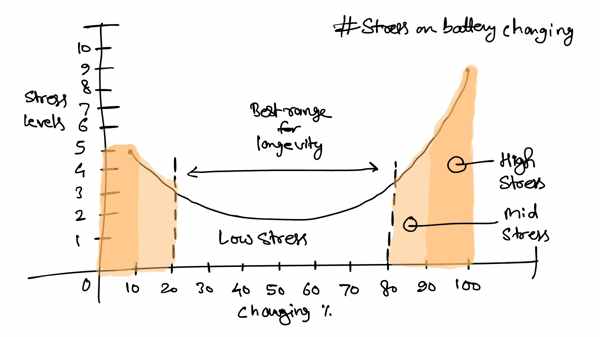
深入潜水: 延长电池寿命的最佳实践
以下是该规则的详细介绍以及它如何应用于 可堆叠家用电池:
- 为什么它有效: 锂离子电池在电压非常高或非常低时会经历最大的化学和机械应力, 对应于几乎满或几乎空. 在“最佳点”运作" 中间对内部组件比较温和, 从而延长整体寿命.
- LFP有必要吗? 这条规则对于 NMC 等化学物质最为重要, 消费电子产品中常见. 这 磷酸铁锂 (铁磷酸锂) 最好的家用电池系统中使用的化学物质更加坚固并且能够耐受充电 100%. 然而, 浅循环比深循环压力更小的基本原则仍然成立.
- 现代系统如何处理它: 好消息是您不必手动管理它! Gycx Solar 的现代 BESS 允许您将这些限制直接编程到系统软件中. 一个常见且高效的设置是:
- 设置备份储备: 你可以告诉系统, “切勿在以下放电 20% 正常日常使用期间; 保存那个 20% 停电。" 这会自动防止日常深度放电并保证您始终拥有动力储备.
- 然后系统将在您的储备水平之间循环 (例如, 20%) 和 100% 每天, 对于耐用的磷酸铁锂电池来说,这是完全安全和正常的. 这让您两全其美: 最大限度地利用太阳能和受保护的备用储备, 同时促进电池的健康长寿.
10kWh电池是家庭储能的强大起点, 但其真正的潜力是在模块化中释放出来的, 可堆叠家用电池 系统. 这种方法提供了完美调整系统规模的灵活性, 持久的 LFP 技术的安全性, 以及面向未来的投资的价值. 通过了解最佳实践,例如 20-80 规则3, 您可以确保您的系统在未来几年内可靠地为您服务.
如果您对家庭电池尺寸有更多疑问或想探索可扩展系统的优势, 我们在GYCX太阳能的专家团队在这里提供帮助. 与我们联系以进行专业咨询!
